Tips for Choosing Your Cedar Fence Stain Colors
Staining a new cedar fence is crucial for several reasons, particularly in terms of preservation, aesthetics, and longevity.
Cedar wood, while naturally resistant to decay, is still vulnerable to the damaging effects of weather, UV rays, and moisture over time. Applying a stain acts as a protective barrier that shields the wood from these elements, preventing it from warping, cracking, and developing rot.
Beyond protection, staining also enhances the natural beauty of cedar, bringing out the rich tones and grain patterns that make this wood so desirable.
Depending on the cedar fence stain colors chosen, you can either preserve the wood’s natural look or add a pop of color to complement your home’s exterior.
Lastly, regular staining significantly extends the life of your fence by maintaining its structural integrity and appearance. Without proper staining, the wood can quickly deteriorate, leading to costly repairs or replacements.
In essence, staining is not just an aesthetic choice but a necessary step in ensuring your cedar fence remains beautiful and durable for years to come.
Why Stain Your Fence?
Preservation
Staining a cedar fence is an essential step in preserving the wood and extending its lifespan.
Cedar, although naturally resistant to rot and insect damage, is still susceptible to the elements. When exposed to sunlight, rain, and fluctuating temperatures, the wood can dry out, warp, crack, and fade over time.
Staining acts as a protective shield, sealing the wood and preventing moisture from penetrating its surface. This barrier helps to minimize the effects of water damage, such as swelling, splitting, and the growth of mold or mildew.
Additionally, stains often contain UV inhibitors that protect the wood from the sun’s harmful rays, which can cause the wood to bleach and degrade.
By blocking out UV radiation, staining helps maintain the wood’s natural color and strength, preventing it from becoming brittle and prone to breakage.
Overall, staining preserves the cedar’s integrity, ensuring that your fence remains not only visually appealing but also structurally sound for many years.
Aesthetics
When considering the aesthetics of your cedar fence, selecting the right cedar fence stain colors plays a pivotal role in achieving the desired look and feel.
Cedar is prized for its natural beauty, and the stain color you choose can either highlight the wood’s natural grain or transform its appearance entirely.
For those who appreciate the warm, rich tones of cedar, natural or transparent stain colors can enhance the wood’s innate characteristics, showcasing its unique texture and color variations.
Alternatively, if you’re looking to make a statement, bolder cedar fence stain colors like deep reds, browns, or even modern grays can provide a striking contrast to your home and landscape.
The stain color also allows you to harmonize your fence with the overall color scheme of your property, whether you prefer a subtle blend or a more dramatic effect.
Additionally, different stain opacities—ranging from transparent to solid—offer various levels of color intensity, giving you further control over the final aesthetic.
Ultimately, the right cedar fence stain colors can enhance your outdoor space, making your fence a beautiful and cohesive element of your property’s design.
Longevity
When it comes to the longevity of your cedar fence, the choice of cedar fence stain colors is more than just an aesthetic decision—it directly impacts how well your fence will withstand the test of time.
The right stain color, combined with the appropriate type of stain (transparent, semi-transparent, or solid), can significantly extend the life of your fence by offering enhanced protection against environmental factors.
As a rule of thumb, darker cedar fence stain colors provide better UV protection, which is crucial in preventing the wood from fading and deteriorating due to prolonged sun exposure.
These darker stains absorb more of the sun’s rays, reducing the impact of UV radiation on the wood fibers and helping to maintain the structural integrity of your fence.
Moreover, the durability of your cedar fence stain colors are also influenced by the specific conditions of your environment.
In areas with intense sunlight, choosing a color that offers maximum UV protection is essential for maintaining both the appearance and strength of your fence over time.
In more humid or rainy climates, selecting a stain color that emphasizes moisture resistance will help prevent issues like rot and mildew, further contributing to the fence’s longevity.
In short, by carefully choosing the right cedar fence stain colors, you not only enhance the beauty of your fence but also ensure that it remains strong and vibrant for many years.
Wood Defender Transparent and Semi-Transparent Fence Stain and Seal
Wood Defender Transparent and Semi-Transparent Fence Stain and Seal are premium-quality wood stains designed to enhance and protect exterior wood surfaces, particularly fences. Manufactured with durability and ease of application in mind, these stains are popular among homeowners, contractors, and property managers for their excellent performance and long-lasting results.
Transparent Fence Stain
- Highlights the natural beauty of wood grain: Offers a natural finish with subtle color enhancements.
- Deep penetration: Penetrates deeply into the wood to provide superior protection against UV rays and water damage.
- Easy to apply: Minimal dripping or running.
- Fast-drying: Dries quickly, minimizing downtime.
Ideal For: Wood surfaces where maintaining the natural look and texture of the wood is a priority.
Semi-Transparent Cedar Fence Stain Colors
- Balanced appearance: Provides a balance between wood visibility and enhanced color.
- Enhanced protection: Protects against mildew, mold, UV rays, and water damage.
- Weather-resistant: Formulated to withstand harsh weather conditions for long-lasting results.
- Durable: Requires fewer recoats.
Ideal For: Fences that require a bit more color coverage without completely hiding the wood’s texture.
Common Benefits
- Protects wood from premature aging, warping, and cracking.
- Extends the life of fences and other wooden surfaces.
- Available in a variety of colors to match different aesthetic preferences.
- Designed for professional-grade results but simple enough for DIY applications.
Transparent Cedar Fence Fence Stain Colors & Seal Colors
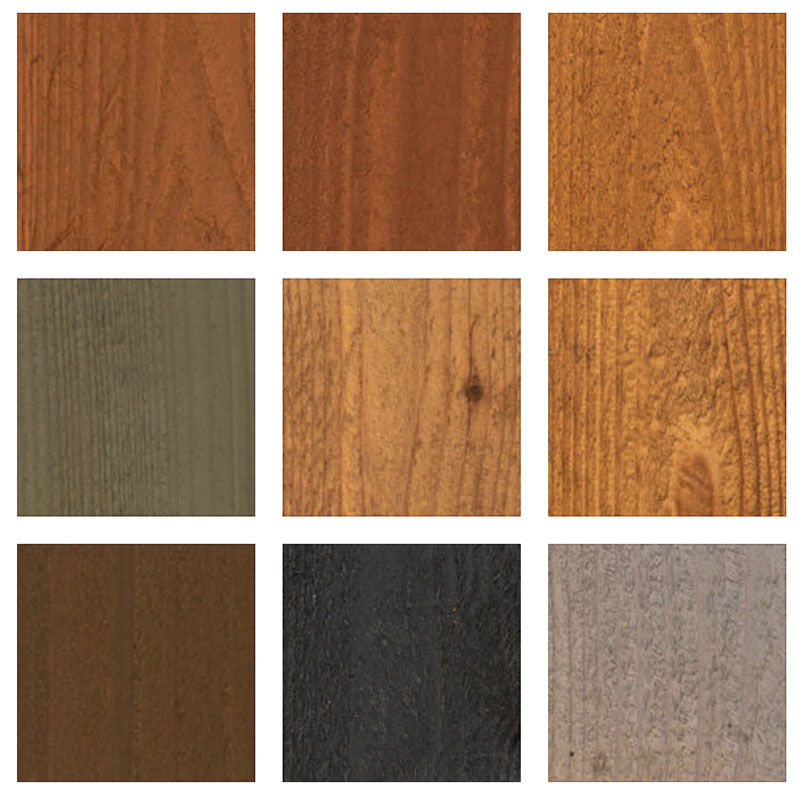
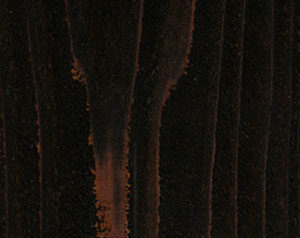

Transparent Fence Cedar Tone
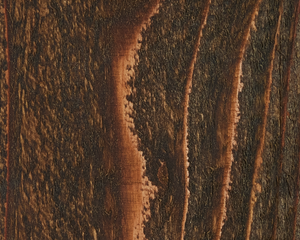
Transparent Fence Chestnut
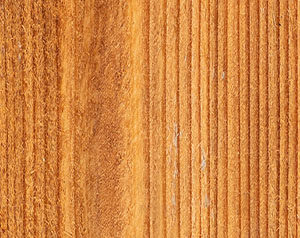
Transparent Fence Clear Glow
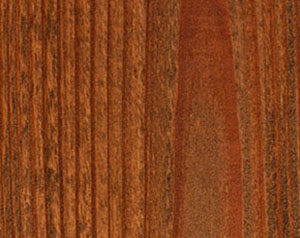
Transparent Fence Leatherwood
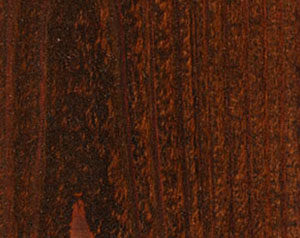
Transparent Fence Oxford Brown
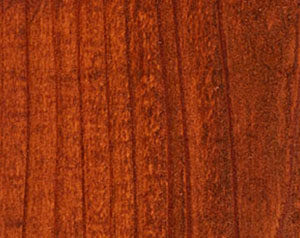
Transparent Redwood
Semi-Transparent Fence Stain & Seal Colors

Semi-Transparen Barn Red Stain Color
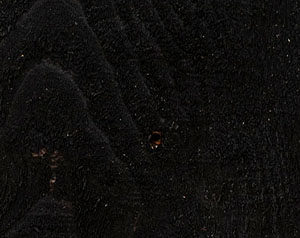
Semi-Transparent Black Stain Color

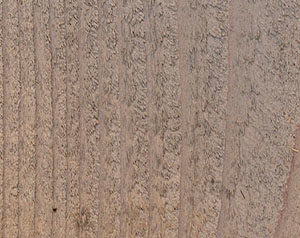
Transparent Fence Clear Glow
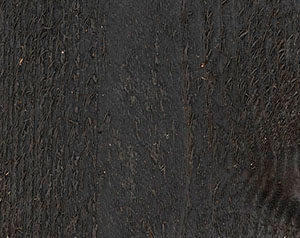
Semi-Transparen Charcoal Gray Stain Color
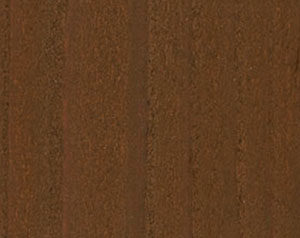
Semi-Transparent Coffee Brown Color
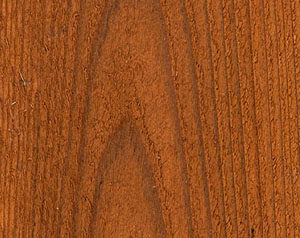
Semi-Transparent Coronado Stain Color

Semi-Transparent Cumberland Brown Stain Color

Semi-Transparent Dark Sierra Stain Color
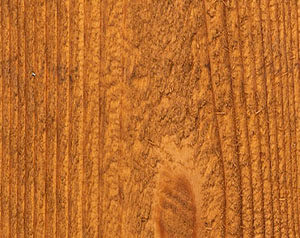
Semi-Transparent Desert Sand Stain Color

Semi-Transparent Golden Rod Stain Color
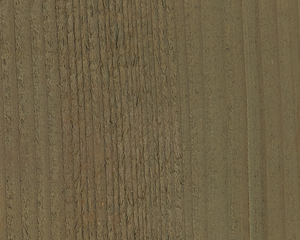
Semi-Transparent Graystone Stain Color
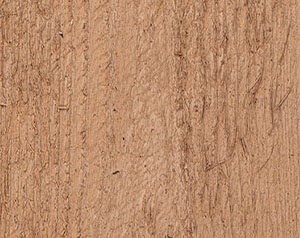
Semi-Transparent Mesa Gray Stain Color
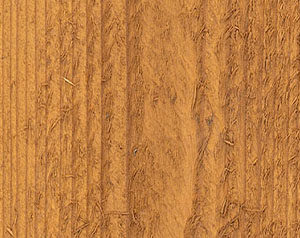
Semi-Transparent Priaire Gray Stain Color

Semi-Transparent Rustic Oak Stain Color
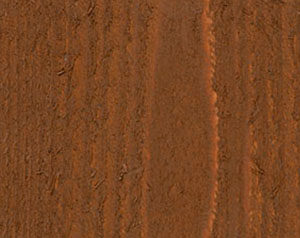
Semi-Transparent Sable Brown Stain Color
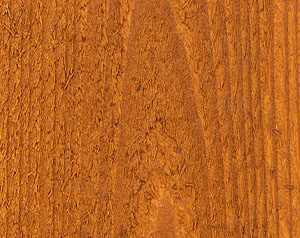
Semi-Transparent Sedona Stain Color
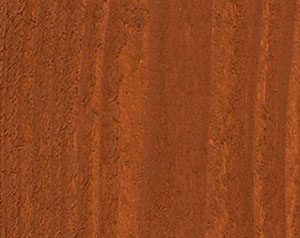
Semi-Transparent Sierra Stain Color
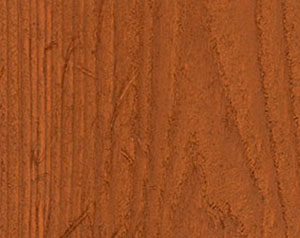
Semi-Transparent Wrangler Stain Color

Complimenting Your Home’s Exterior
When choosing cedar fence stain colors, it’s important to consider how the stain will either match or contrast with your house color and landscape to create a cohesive and visually appealing outdoor space.
If your goal is to match your fence with your home, selecting a stain color that complements your house’s exterior paint or siding can create a unified look.
For example, if your home has warm, earthy tones, you might opt for a natural cedar stain that brings out similar warm hues in the wood, blending seamlessly with the overall color scheme.
On the other hand, if you want your fence to stand out and make a statement, choosing cedar fence stain colors that contrast with your house and landscape can add a dynamic element to your property.
A dark stain, such as deep brown or ebony, can provide a striking contrast against a light-colored house, making the fence a bold focal point.
Alternatively, a gray or driftwood stain can offer a modern, weathered look that contrasts beautifully with lush green landscaping.
By carefully selecting cedar fence stain colors that either match or contrast with your home and surroundings, you can achieve the desired aesthetic effect, whether it’s harmony or striking visual interest.
Check out Lime Painting’s cedar stain restoration project in University Hills.
Climate and Environmental Factors in Denver
When installing a cedar fence in Denver, it’s crucial to consider the local climate and environmental factors to ensure the longevity and performance of your fence.
Denver’s climate is characterized by a mix of sunny days, low humidity, and significant temperature fluctuations, particularly between day and night. These factors can affect the durability and appearance of your cedar fence.
The intense sun and high UV exposure in Denver can cause the wood to fade, dry out, and become brittle over time. To mitigate this, it’s important to choose a stain that offers strong UV protection.
Additionally, Denver’s relatively low humidity means that the wood is less likely to suffer from moisture-related issues like rot or mold; however, this also means the wood can dry out more quickly, leading to cracking or warping if not properly sealed.
The temperature swings in Denver, particularly during the colder months, can also affect the wood.
Repeated freezing and thawing cycles can cause the wood to expand and contract, potentially leading to splits or other damage. To protect against this, applying a high-quality, weather-resistant stain and ensuring that the wood is properly sealed is essential.
Overall, when installing a cedar fence in Denver, selecting a durable stain that offers UV protection and moisture resistance is key to maintaining the fence’s appearance and structural integrity in the face of the city’s unique climate conditions.
Tips for Applying Cedar Fence Stain Preparation
Proper preparation is key to successfully applying any of the various cedar fence stain colors and ensuring a smooth, even finish that enhances the beauty and durability of your fence.
Fence Cleaning
The first step in the preparation process is to thoroughly clean the fence.
Over time, dirt, mildew, and other contaminants can accumulate on the wood, preventing the stain from adhering properly.
Use a power washer or a scrub brush with a mixture of water and mild detergent to remove any dirt or debris. Also, be sure to let the fence dry completely before moving on to the next step, as applying stain to damp wood can lead to uneven absorption and blotchy results.
Fence Inspection
Once the fence is clean and dry, inspect the wood for any rough spots, splinters, or damaged areas. Sanding these areas will help create a smooth surface that allows for an even application of the stain.
Additionally, sanding opens up the wood’s pores, which helps it absorb the stain more effectively, ensuring that the cedar fence stain colors you choose are rich and vibrant.
Fence Weathering
If the fence is new, it’s also important to allow the wood to weather for a few weeks before staining.
This helps the wood release any mill glaze—a shiny, hard surface that can prevent stain penetration—ensuring the stain can penetrate deeply into the wood fibers.
After sanding and before applying the stain, it’s advisable to check the weather forecast and choose a day with mild temperatures and no rain to ensure the best conditions for staining.
By carefully preparing your fence, you set the stage for the cedar fence stain colors to adhere properly and look their best, resulting in a beautiful, long-lasting finish.
Fence Maintenance
How Often to Apply and Re-Apply Stain
How often you need to apply and re-apply stain to your cedar fence depends on several factors, including the type of stain you choose, the local climate, and the amount of exposure your fence has to the elements.
Generally, a good rule of thumb is to reapply stain every 2 to 3 years to maintain optimal protection and appearance.
Transparent and semi-transparent stains typically require more frequent reapplication, as they provide a lighter coating and are more susceptible to wear from sun and rain.
Solid stains, on the other hand, offer thicker coverage and can last longer, sometimes up to 5 years, depending on environmental conditions.
It’s important to regularly inspect your fence for signs that it might be time to re-stain.
Fading, discoloration, or water no longer beading on the surface are clear indicators that the protective layer is wearing thin. When these signs appear, it’s time to reapply the stain to continue protecting the wood from moisture, UV rays, and other damaging factors.
By staying on top of maintenance and reapplying the stain as needed, you can ensure that your fence remains beautiful and resilient.
This careful attention will help preserve the vibrancy of the cedar fence stain colors you initially selected, keeping your fence looking its best for years to come.
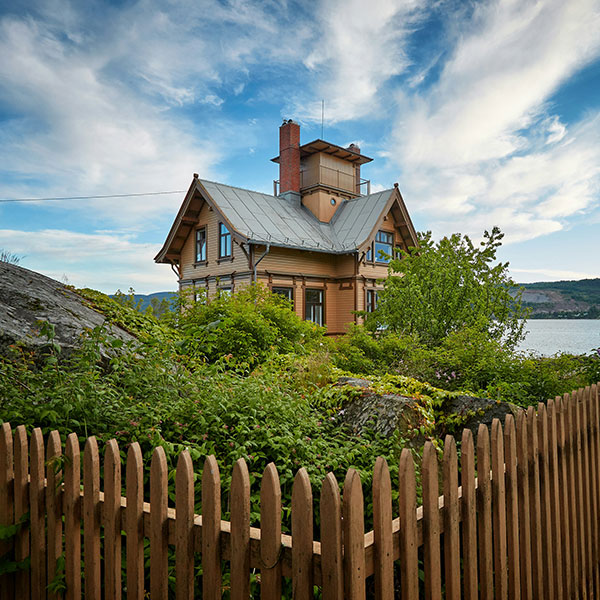

Conclusion
Staining a cedar fence is essential for preserving its beauty and extending its lifespan.
The right stain not only protects the wood from harsh environmental elements like UV rays and moisture but also enhances its natural aesthetics.
When choosing cedar fence stain colors, it’s important to consider how they will complement or contrast with your home and landscape. Proper preparation before staining, such as cleaning and sanding the wood, ensures a smooth and lasting application.
Regular maintenance, including reapplying stain every few years, helps maintain the fence’s appearance and durability, ensuring it remains a beautiful feature of your property for years to come.
For more information about our Denver Fence Company, please return to the home page.